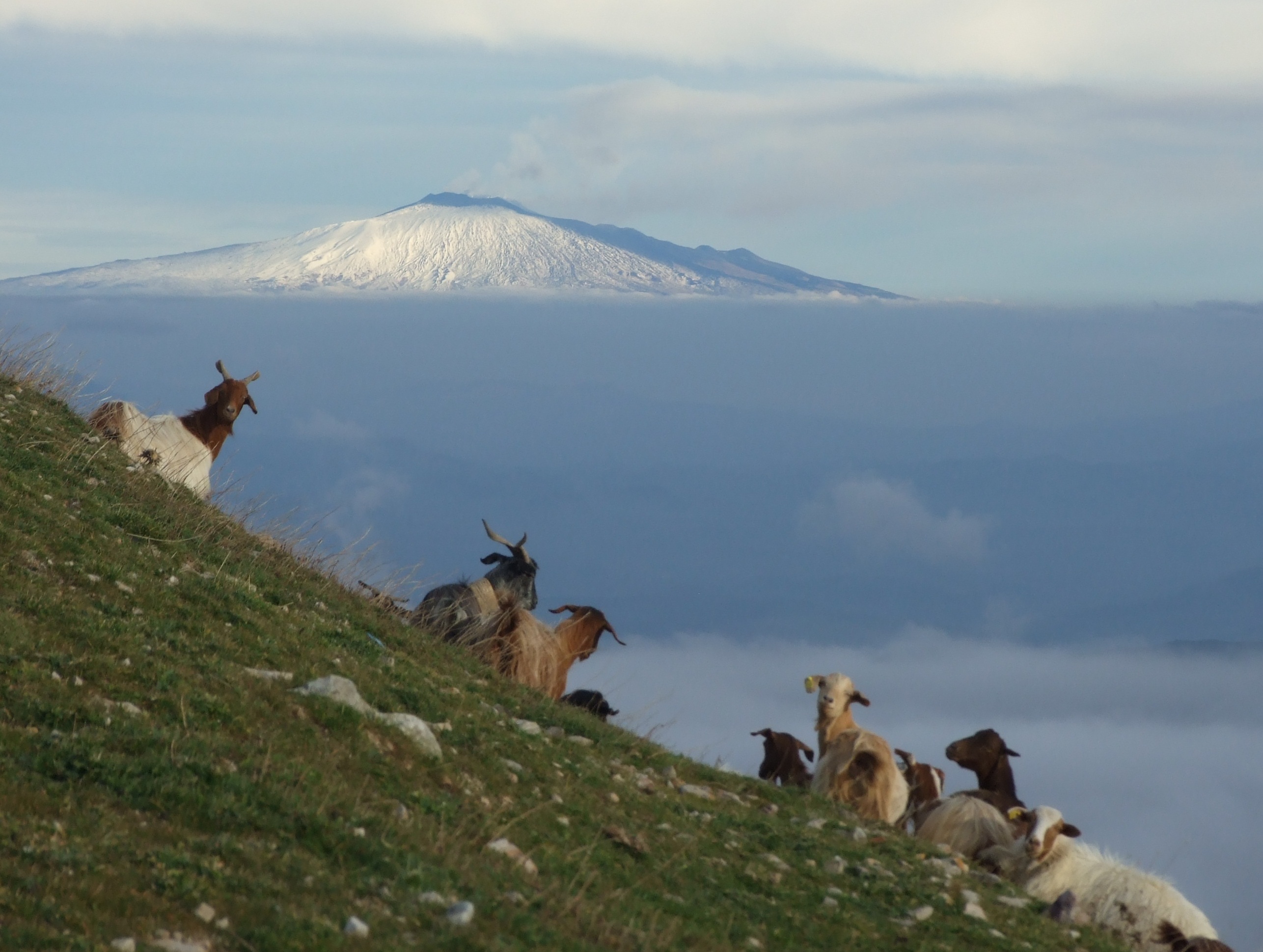The “Via Francigena” through the mountains is a long continuous route of about 400 km. It is composed of 22 stages and connects Palermo to Messina. The path runs across the snowy mountain tops of Madonie Region Natural Park (in Italian “Parco delle Madonie”) as well as the mountain landscapes of the Nebrodi, up to the Peloritani peaks. The pilgrim will discover unique landscapes: from the beauties of the capital of the Arab-Norman Culture to the beaches of Aspra; from some of the most beautiful villages in Italy (Gangi, Sperlinga and Montalbano) to the Norman castles situated among the Madonie mountains; from the small villages surrounded by the Nebrodi woods (like Floresta, Capizzi and Cesarò) to the first capital of the Great Earl Ruggero, Troina. The path running through the Madonie park from Caccamo to Nicosia is about 113 km long and it is divided in 6 parts. Back in 1115, Roger II used the road crossing the mountains to reach Messina from Palermo. In 1154, Enrico VI, after landing in Messina, also headed Palermo through the mountain-crossing road, which had been mapped in 1154 by the geographer Idrisi. This road was also crossed on July, 12th 1718 by a contingement of the Spanish cavalry who left from Palermo and run along the currently existing Francigena line through the Madonie Park.
During this journey we can find some important historical and cultural signs including the St. Nicola hospitalia in Polizzi Generosa, founded in 1167 by Pietro of Tolosa and managed by the Order of Knight of the Hospital and by the Nicosia one. In the last years several associations, in particular “Amici dei Cammini Francigeni di Sicilia”, “Madonie Outdoor Asd”, “Ass. Amici di San Felice” and “Ass. Jacopea e Ass. Itimed”, carried out a meticulous historical search and topographical geo-referenced mapping of the ancient road, known today as “via Francigena” from Palermo to Messina mountains.
The journey starts from the “Santa di Cristina la Vetere” church in Palermo, located along the Pilgrim Road (“Strada dei Pellegrini), as proved by its own name, which can be considered as an evidence of the culture of pilgrimages in Sicily. The route leads to Messina, through a long walk composed of 22 stages.

